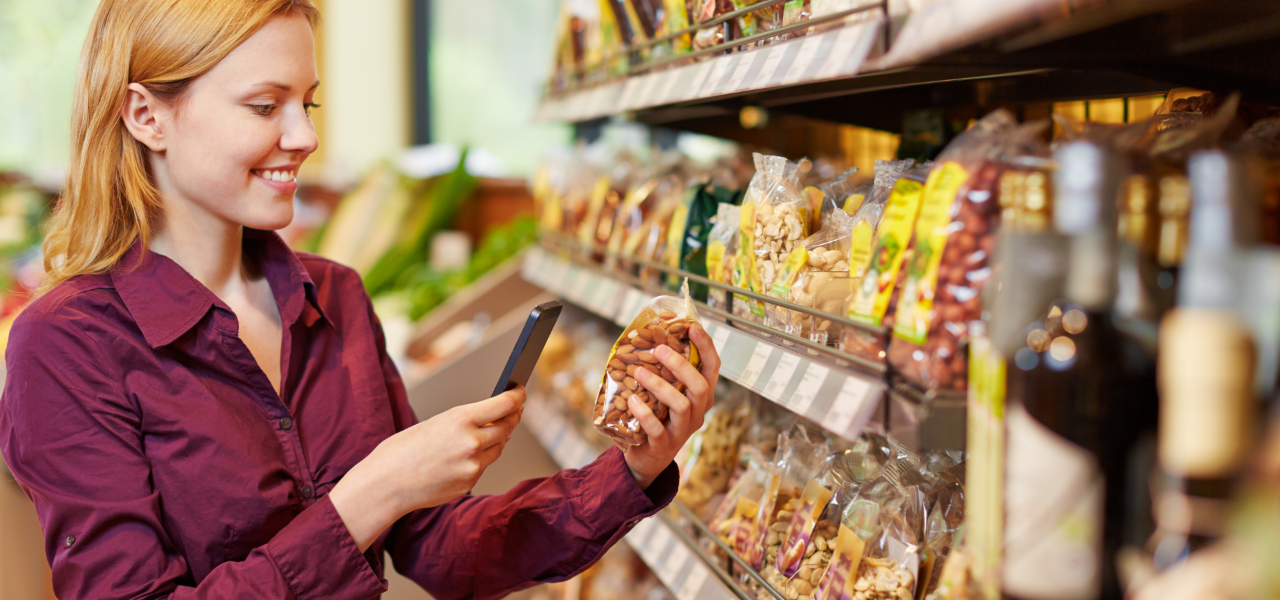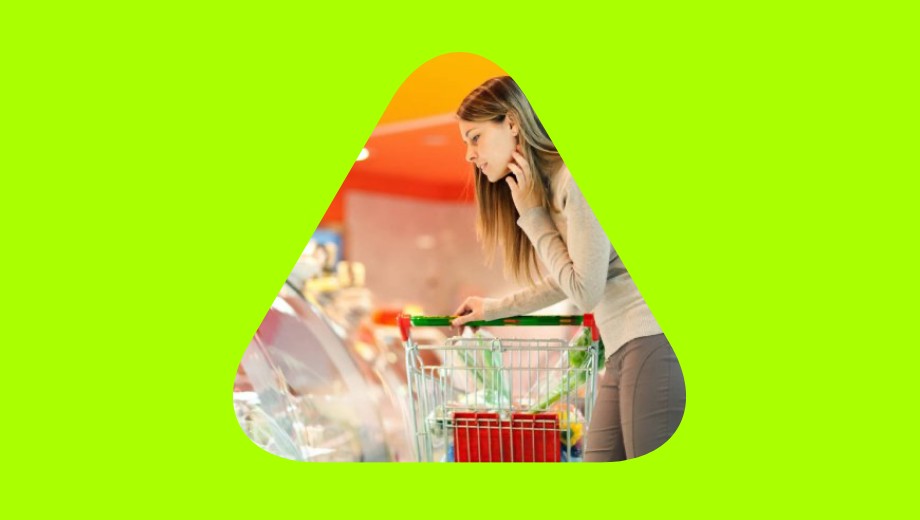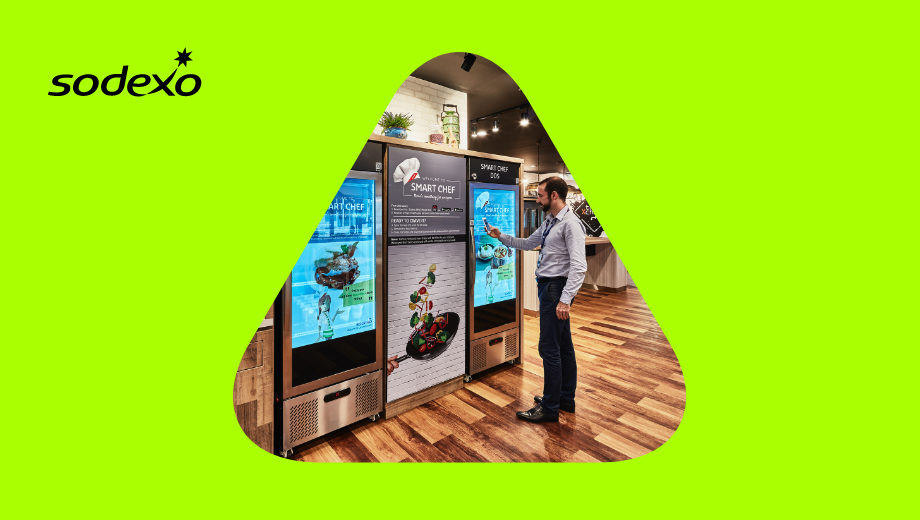3. Safety
Food safety remains a major issue. The EU recorded over 4000 recalls2 in the food and beverages industry in 2022.
Consumers trust the food they buy to be safe to eat. When this trust is broken it can be devastating for a brand’s reputation. By improving traceability, monitoring and communication, retailers, restaurants and producers are significantly reducing the risk of failures in food safety. Including clear information for ingredients linked to allergies.
4. Sustainability
4% of global greenhouse gas emissions are from food waste, and the majority of this occurs in the supply chain1.
Consumers want to buy food from brands and companies they believe reflect their own environmental values. Rightly, industry leaders are under the spotlight to reduce waste for both its commercial and environmental impact.
Proven technologies exist to help the food industry understand their customers and meet their expectations. Digital identification technologies such as RFID, are the key to providing management with real-time, accurate data from across the entire supply chain. Accurate, real-time data provides leaders with the insights they need to inform decision making and ensure that shelves are stocked, food is sold as fresh as possible, and waste is reduced. And at the end of the day, having the right product, in the right place, at the right time means happy customers and healthier profits.
_________________________________________________
1 The Missing Billions: The real cost of supply chain waste
2 The State of Food Security and Nutrition in the World 2022




